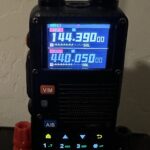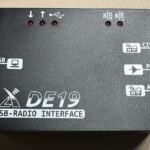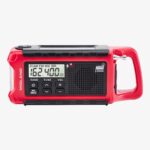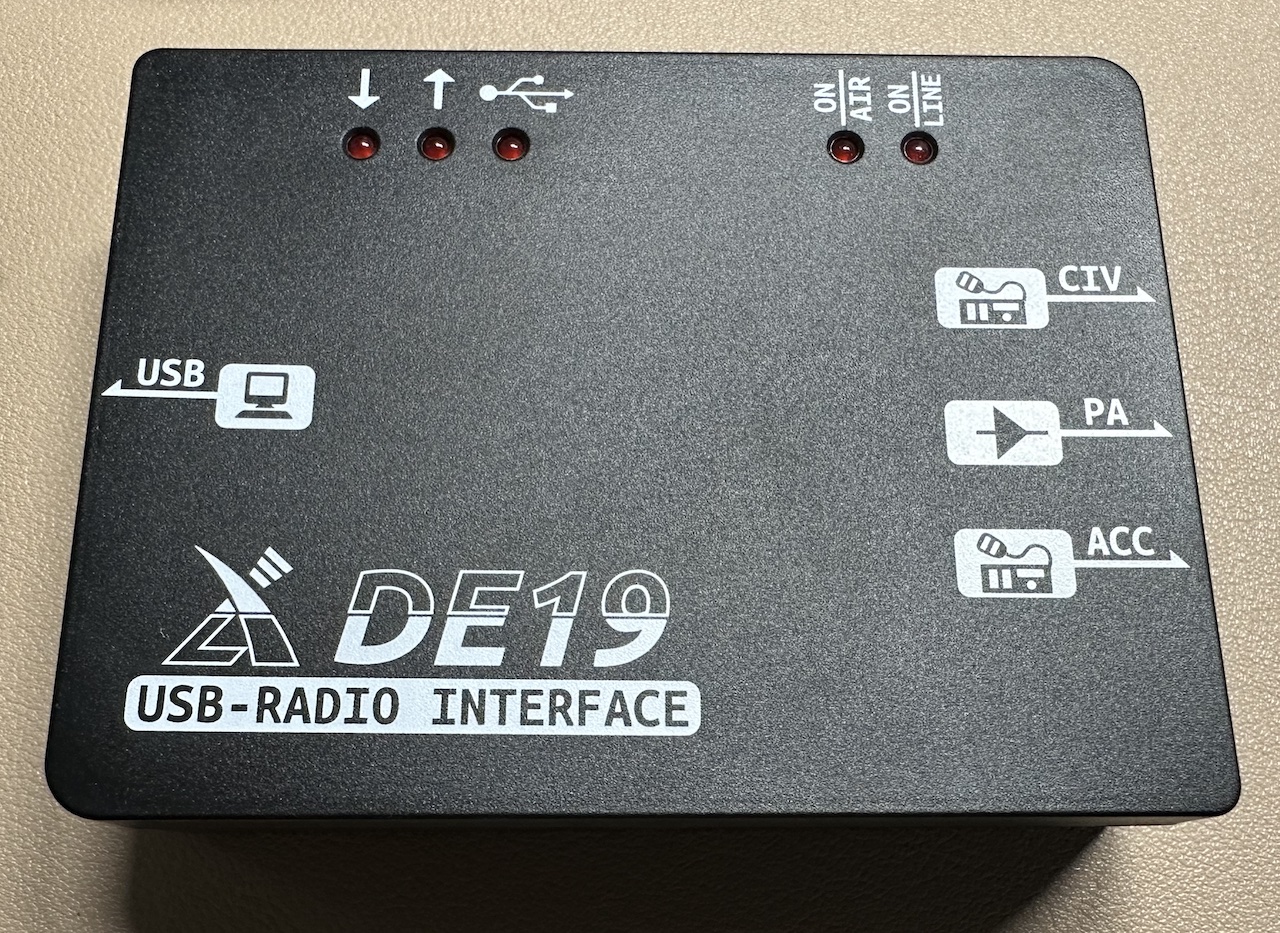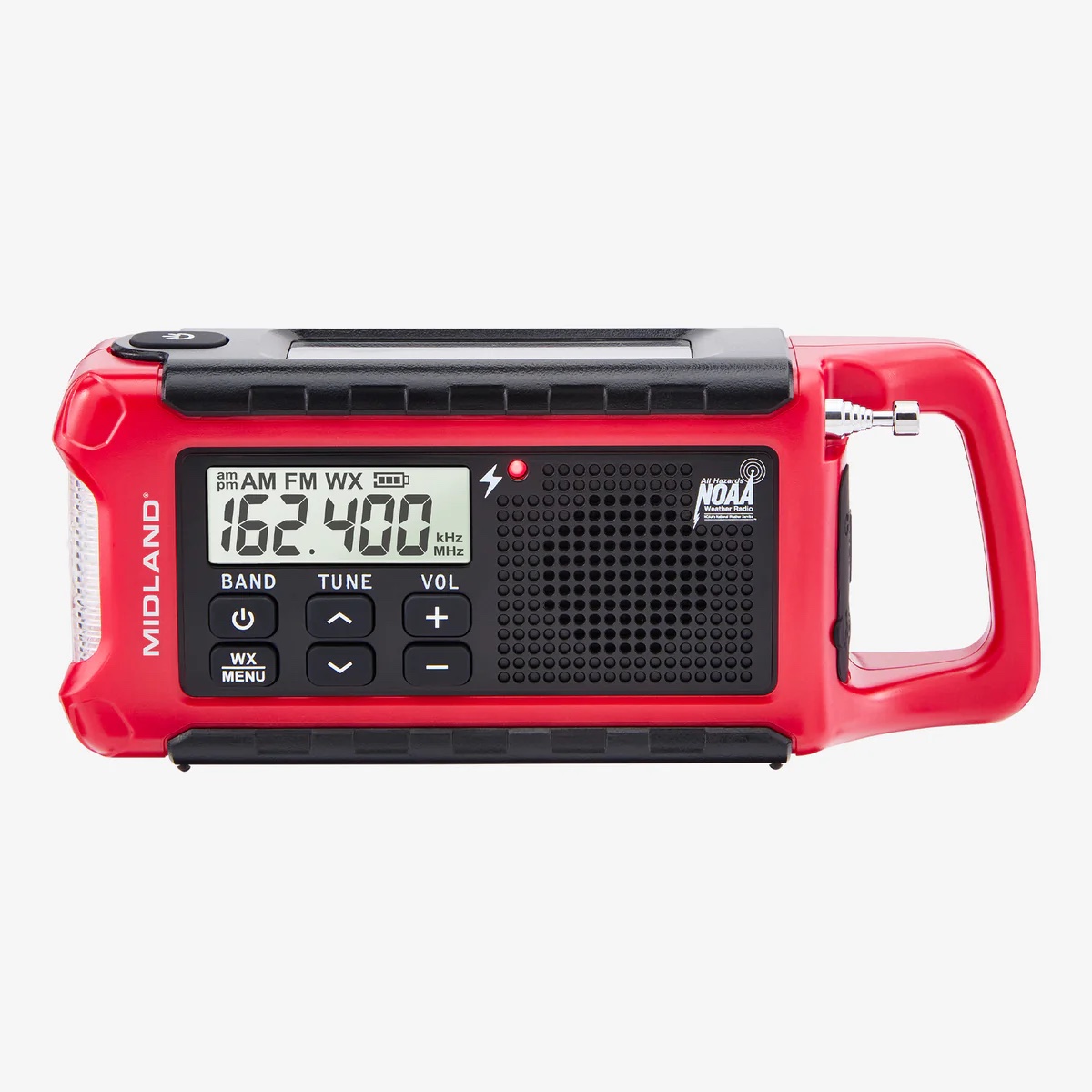The most interesting configuration whether you are doing SOTA (Summit On The Air) or POTA (Parks On The Air), or setting up a base camp communication station, is using a Solar Powered Battery Bank with your ham radio gear. When configured correctly, you can have the radio running all day and night (if you want to work some contacts on bands more favorable at night). For base camp in an adventuring or survival situation, a couple of people may have to conduct perimeter checks and guard duty, and you need to have the radio on 24 hours a day, 7 days a week. But at the same time, you may not want to lug a 12V 100mAh battery to support your 100W ham radio rig. Of course, you can set the wattage to a lower value and may have a smaller battery bank like 50Ah or even smaller, but if done right, you should be able to use the radio most of the day on solar power and the rest of the time on battery, yet never run out of power.
What do you need to do this?
- Battery box that supports both Powerpole and Lug connectors (additional USB or 12V socket is a good option)
- 12V Lithium battery – Size will depend on other uses, but I usually dedicate radio specific power requirements to a single battery box
- Solar Panel – Wattage size will depend on the 12V Lithium battery size, and hourly power consumption rate
- Solar charge controller – There are PWM (Pulse Width Modulation) and MPPT (Maximum Power Point Tracking) charge controllers out there, but MPPT is the preferred and my only way to charge batteries with solar panels for communication gear
- Power distribution – Powerpole distribution system would work if you want to connect your radio, SWR/Watt meter, and other devices via Powerpole
- Cables and Fuses
- Cables from the solar charge controller to the solar panel
- Positive cable from the fuse connected to the battery box
- Positive cable from the fuse connected to the solar charge controller
- Negative cable from the battery box to the solar charge controller
- Powerpole cable to connect from battery bank Powerpole connector to the power distribution system
What are some potential issues with this setup?
- Insufficient 12V Lithium battery
- Insufficient solar panel output to the battery
- Battery bank case that contains a battery without pass through charging capability (though a good MPPT charge controller will allow this without an intelligent battery) – My recommended battery is Bioenno 12V Lithium Battery
- Using PWM charge controller over MPPT – MPPT provides the best, most consistent power from the attached solar panel and MPPT chargers (in most cases) allows you to charge the battery while drawing power from it
- RF noise coming from the MPPT charge controller – This is brutal as most MPPT charge controllers are not RFI/EMI reduced or quiet, meaning regardless of how much money you spend on an MPPT charge controller, there is a ton of noise in many frequencies making the ham radio very noisy in multiple bands – The only MPPT charge controller I will use for communications since it is RFI/EMI quiet is the Genasun MPPT charge controller
How do I get started?
My recommendation is to read my Solar Powered Communication System (coming soon) document which will provide step by step instructions on how to set one up, pack it up for traveling/adventuring, and usage guide on power setting during day and night for base camp.
But in this blog is everything you need to get going. Below the main parts you can use.
- Lithium Battery Charger – For initial chaging of the battery bank
- Battery Bank Box – Something to hold your battery (and would be good if it had Powerpole connectors)
- Lithium Battery – I prefer Bioenno for HAM and GMRS radio setups
- Solar Panel – This needs to be sized appropriately to the Lithium Battery you get
- MPPT Charge Controller – This needs to be sized appropriately to the Battery and Solar Panel you get
- Fuse to Battery
- Fuse to MPPT from Solar Panel
For example, I use a 120W Solar Panel with Powerpole connectors fused to Genasun MPPT controller which is connected via fuse to 12V Bioenno LiFePo4 Battery (housed in a battery box with multiple connectors) which is connected to a Powerpole 40A distribution box with individual fuses. That in turn connects to my HF or 2m/70cm or GMRS rig, and accessories
If you would like more details on how I connect everything, diagrams, etc., please join my Patreon, and connect with me there. I will be happy to provide how I connect everything.

